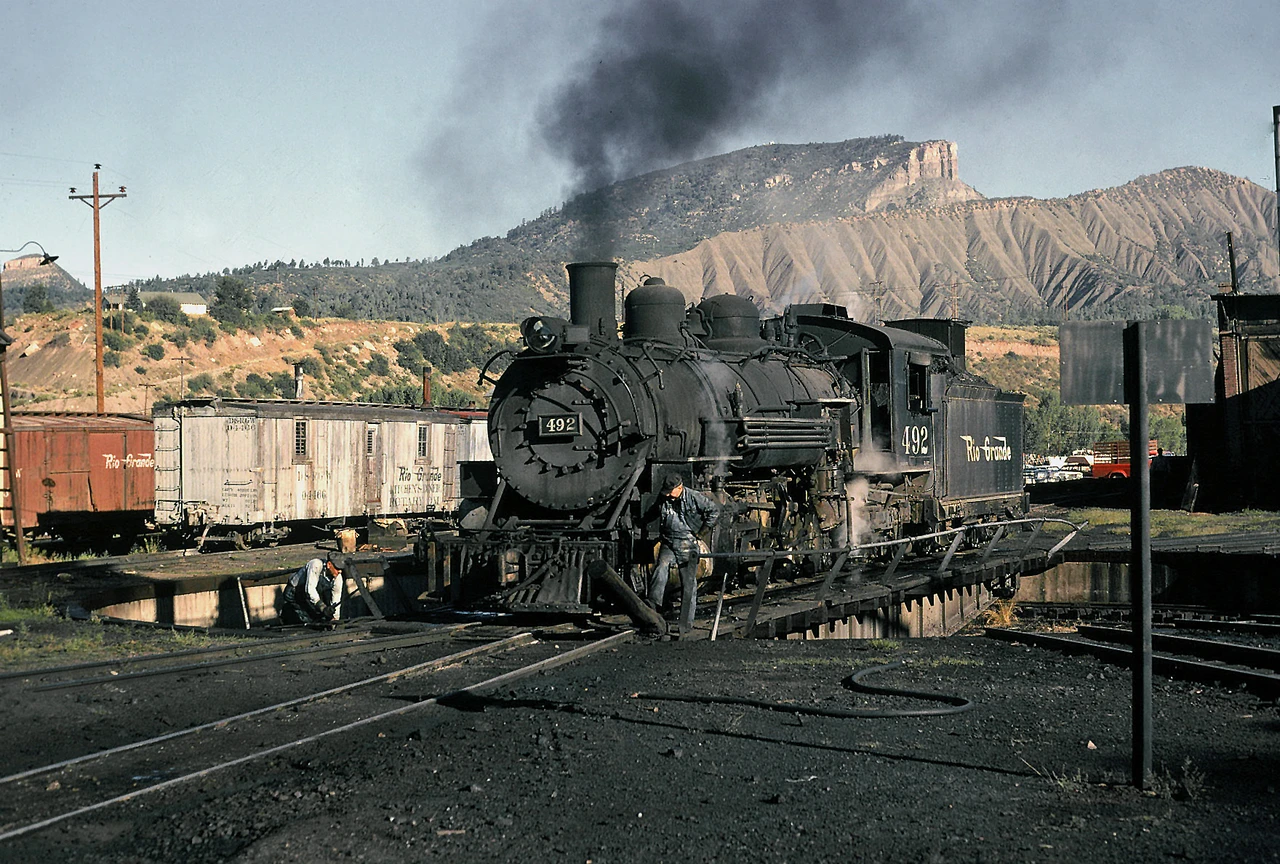Durango History
Early Durango History
Nicknamed “railroad town”, Durango evolved from a small settlement that served the local mining district to a major tourist destination.
Over two thousand years ago, the inhabitants of this area were the Ancestral Puebloans, a Native American culture. They enjoyed this land’s abundant resources, fertile soil, and wildlife; however, by the 14th century, the Ancestral Puebloans mysteriously disappeared. They were replaced by the Ute Tribe, who settled in the lands around present-day Durango.
In the 1860s, gold was discovered north of Durango, just like in many other places in Colorado. The area saw an immediate influx of new residents, including miners, farmers, and their families. The first Durango citizens made their livelihood by supplying nearby mining camps with products and essentials.
In August 1881, the Denver and Rio Grande Railroad reached Durango, which brought about a new step in the city’s development. The railroad meant to facilitate shipment of ore from the mountains to the smelters, and eventually to the market. Durango’s tolerable climate, as well as abundant water resources made it possible to construct smelting facilities that operated through the 1930s. The railroad construction resulted in the phenomenal growth of Durango. After only a year of the railroad’s arrival, the city had over a thousand businesses, including saloons, newspapers, and doctors.
Durango was named after its namesake in Mexico. The legend has it that Alexander Cameron Hunt, Colorado’s fourth territorial governor, was traveling through Durango, Mexico precisely at the time when they had to decide upon a name for the new town. Hunt thought that the two areas looked similar, and decided to name Colorado’s new city Durango.
Late Durango History
In the 20th century, travelers started to discover Durango as a vacation destination. Since then, tourists have been coming to Durango to enjoy the picturesque Animas Valley, the breathtaking views of the Durango and Silverton Narrow Gauge Railroad, as well as Mesa Verde National Park that was established in 1906. The construction of Fort Lewis College (1911) and Purgatory Ski Resort (1965) brought even more people to Durango and helped solidify the city’s identity as a tourist destination.
In 2020, Durango is a perfect place for outdoor enthusiasts; regardless if you enjoy hiking, hunting, biking, rock climbing, or skiing (or all of these!) – Durango has something to impress you with all the year round!

